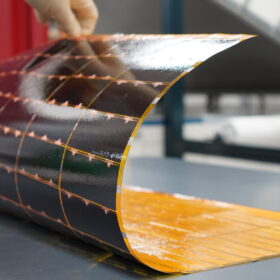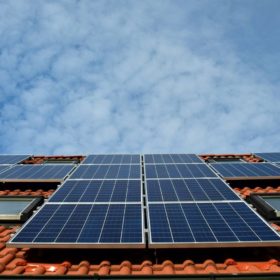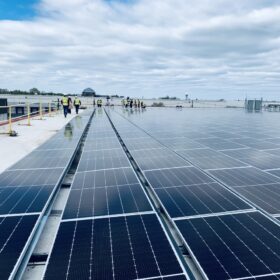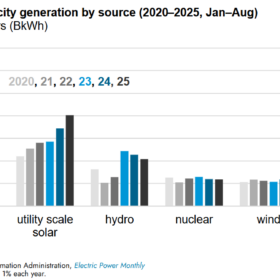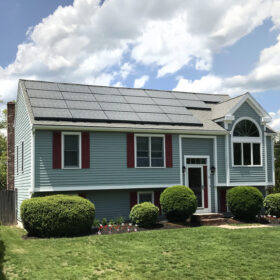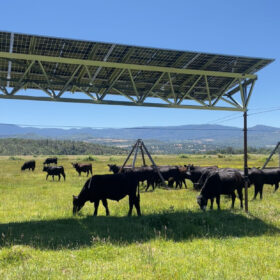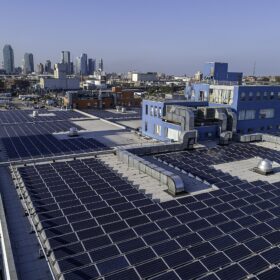Congress urged to reform “nearly complete moratorium” on U.S. solar projects
A coalition of 143 solar companies signed a letter requesting reforms to solar project permitting, as Trump administration executive orders have led to an effective shutdown of all projects under Department of Interior purview.
U.S. solar manufacturers ink spacecraft deals
An Arizona manufacturer struck an research agreement with NASA, while a company in Colorado will supply thin-film solar to an unnamed private spacecraft company.
Nextpower opens monitoring center and doubles steel output at Memphis plant
Nextpower, formerly Nextracker, announced it has opened a remote monitoring center for its solar tracker systems in Nashville, Tennessee and also expanded its Memphis steel manufacturing capacity.
Study finds Terrasmart solar trackers demonstrate labor efficiency
Third-party consulting company Eclipse-M found the company’s racking solutions require less labor hours than the average tracker solar racking solution.
MIT spin-out 247Solar aims to decarbonize baseload power and industrial heat
The company opened a $25 million Series B funding round to support its concentrated solar power solution that stores and dispatches heat and electricity.
California lawmakers urge CPUC to enforce utility interconnection timelines
A coalition of 18 California legislators has formally urged the California Public Utilities Commission (CPUC) to enforce regulations under “Rule 21” regarding the interconnection of customer-sited solar and energy storage systems.
Perovskite tandem solar panels selected for utility-scale installation pilot
Solar developer Plenitude will validate Swift Solar’s 28% efficiency perovskite-silicon tandem technology in a utility-scale project.
New Jersey energy master plan calls for 750 MW annual solar installations
Solar is a core element in the state’s energy planning, which calls for 300 MW of net metered solar, 250 MW of community solar and 300 MW of grid-scale solar per year.
California natural gas use declines as solar generation rises
California’s natural gas generation declines as solar generation doubles and battery storage fills evening gaps, said data from the Energy Information Administration.
FEOC compliance and stranded energy storage assets
The looming threat of Foreign Entity of Concern (FEOC) compliance is set to create stranded energy storage assets by jeopardizing tax credits for projects reliant on certain Chinese-sourced components after 2025.


